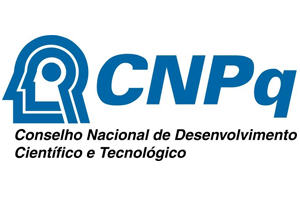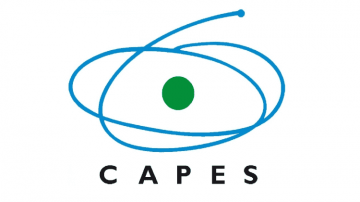Bakr Imad Najm
Department of Pharmacology, College of Medicine, Al-Nahrain University
Dr. Adeeb A. Al-Zubaidy
Prof, Head of Department of Pharmacology, College of Medicine, University of Warith Al-Anbiyaa
ABSTRACT
Background: Venous ischemic ulcers are a chronic and recurrent health concern affecting 1-2% of the adult population worldwide. While the pathophysiology of chronic ischemic wounds remains complex and not fully understood, persistent inflammation is believed to be a key contributing factor. Pentoxifylline, a dimethyl xanthine derivative, is widely used for treating peripheral vascular diseases, whereas Cilnidipine, a fourth-generation calcium channel blocker, has vasodilatory and anti-inflammatory properties and is primarily used for managing hypertension. Objective: This study aims to evaluate the therapeutic effects of Cilnidipine (1%) gel on ischemic ulcers using a rabbit ear model. Methods: A total of 40 domestic rabbits (both male and female, weighing 1.5–2 kg) were randomly assigned into four experimental groups (10 rabbits per group). The induction group underwent ischemia by ligation of the rostral and central arteries and veins at the base of the ear for 14 days without treatment. The control group received a vehicle gel applied topically for 30 days post-ischemia induction. The pentoxifylline group was treated with pentoxifylline gel (1%) twice daily for 14 days following ischemia induction. The cilnidipine group was treated with cilnidipine gel (1%) twice daily for 14 days following ischemia induction. Tissue homogenates and serum samples were analyzed to assess interleukin-6 (IL-6), matrix metallopeptidase-9 (MMP-9), tumor necrosis factor-alpha (TNF-α), and vascular endothelial growth factor-A (VEGF-A). Additionally, histological evaluations of ear tissue sections were conducted. Results: The induced non-treated ischemic group exhibited significantly elevated levels of IL-6, TNF-α, and MMP-9, while VEGF-A levels were significantly decreased compared to the healthy control group. Treatment with cilnidipine gel (1%) significantly reduced IL-6, TNF-α, and MMP-9 levels, while VEGF-A levels were significantly increased compared to the induction group. Histopathological scoring showed marked improvements in the cilnidipine-treated group, with significant angiogenesis and reduced inflammatory damage. No significant difference in histopathological improvement was observed between the pentoxifylline and cilnidipine groups. Conclusion: Cilnidipine gel (1%) applied twice daily effectively enhanced ischemic wound healing by reducing inflammation, oxidative tissue damage, and increasing angiogenic activity. These findings suggest that cilnidipine may be a promising therapeutic agent for ischemic ulcer management.
Keywords: Cilnidipine, Ischemia, TNF-α, Inflammatory Cytokines, Rabbits.




